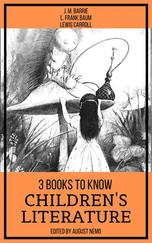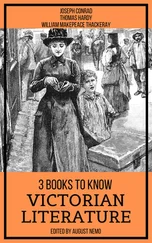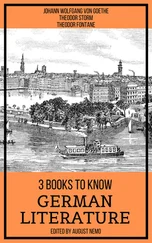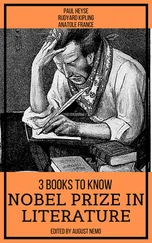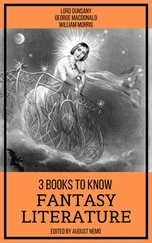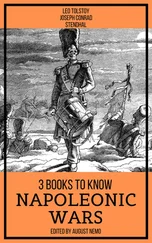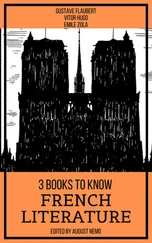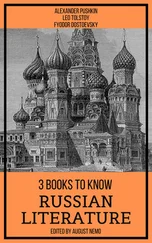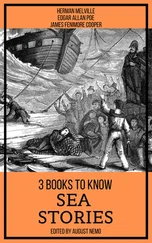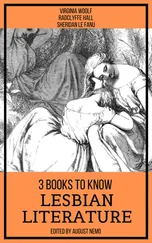The King of Ceilan rode through his city with a large ruby in his hand, at the ceremony of his coronation. The gates of the palace of John the Priest were “made of sardius, with the horn of the horned snake inwrought, so that no man might bring poison within.” Over the gable were “two golden apples, in which were two carbuncles,” so that the gold might shine by day, and the carbuncles by night. In Lodge’s strange romance “A Margarite of America” it was stated that in the chamber of the queen one could behold “all the chaste ladies of the world, inchased out of silver, looking through fair mirrours of chrysolites, carbuncles, sapphires, and greene emeraults.” Marco Polo had seen the inhabitants of Zipangu place rose-coloured pearls in the mouths of the dead. A sea-monster had been enamoured of the pearl that the diver brought to King Perozes, and had slain the thief, and mourned for seven moons over its loss. When the Huns lured the king into the great pit, he flung it away — Procopius tells the story — nor was it ever found again, though the Emperor Anastasius offered five hundred-weight of gold pieces for it. The King of Malabar had shown to a certain Venetian a rosary of three hundred and four pearls, one for every god that he worshipped.
When the Duke de Valentinois, son of Alexander VI., visited Louis XII. of France, his horse was loaded with gold leaves, according to Brantôme, and his cap had double rows of rubles that threw out a great light. Charles of England had ridden in stirrups hung with four hundred and twenty-one diamonds. Richard II. had a coat, valued at thirty thousand marks, which was covered with balas rubies. Hall described Henry VIII., on his way to the Tower previous to his coronation, as wearing “a jacket of raised gold, the placard embroidered with diamonds and other rich stones, and a great bauderike about his neck of large balasses.” The favourites of James I. wore earrings of emeralds set in gold filigrane. Edward II. gave to Piers Gaveston a suit of red-gold armour studded with jacinths, a collar of gold roses set with turquoise-stones, and a skull-cap parsemé with pearls. Henry II. wore jewelled gloves reaching to the elbow, and had a hawk-glove sewn with twelve rubies and fifty-two great orients. The ducal hat of Charles the Rash, the last Duke of Burgundy of his race, was hung with pear-shaped pearls, and studded with sapphires.
How exquisite life had once been! How gorgeous in its pomp and decoration! Even to read of the luxury of the dead was wonderful.
Then he turned his attention to embroideries, and to the tapestries that performed the office of frescoes in the chill rooms of the Northern nations of Europe. As he investigated the subject — and he always had an extraordinary faculty of becoming absolutely absorbed for the moment in whatever he took up — he was almost saddened by the reflection of the ruin that Time brought on beautiful and wonderful things. He, at any rate, had escaped that. Summer followed summer, and the yellow jonquils bloomed and died many times, and nights of horror repeated the story of their shame, but he was unchanged. No winter marred his face or stained his flower-like bloom. How different it was with material things! Where had they passed to? Where was the great crocus-coloured robe, on which the gods fought against the giants, that had been worked by brown girls for the pleasure of Athena? Where, the huge velarium that Nero had stretched across the Colosseum at Rome, that Titan sail of purple on which was represented the starry sky, and Apollo driving a chariot drawn by white gilt-reined steeds? He longed to see the curious table-napkins wrought for the Priest of the Sun, on which were displayed all the dainties and viands that could be wanted for a feast; the mortuary cloth of King Chilperic, with its three hundred golden bees; the fantastic robes that excited the indignation of the Bishop of Pontus, and were figured with “lions, panthers, bears, dogs, forests, rocks, hunters — all, in fact, that a painter can copy from nature;” and the coat that Charles of Orleans once wore, on the sleeves of which were embroidered the verses of a song beginning ”Madame, je suis tout joyeux,” the musical accompaniment of the words being wrought in gold thread, and each note, of square shape in those days, formed with four pearls. He read of the room that was prepared at the palace at Rheims for the use of Queen Joan of Burgundy, and was decorated with “thirteen hundred and twenty-one parrots, made in broidery, and blazoned with the king’s arms, and five hundred and sixty-one butterflies, whose wings were similarly ornamented with the arms of the queen, the whole worked in gold.” Catherine de Médicis had a mourning-bed made for her of black velvet powdered with crescents and suns. Its curtains were of damask, with leafy wreaths and garlands, figured upon a gold and silver ground, and fringed along the edges with broideries of pearls, and it stood in a room hung with rows of the queen’s devices in cut black velvet upon cloth of silver. Louis XIV. had gold embroidered caryatides fifteen feet high in his apartment. The state bed of Sobieski, King of Poland, was made of Smyrna gold brocade embroidered in turquoises with verses from the Koran. Its supports were of silver gilt, beautifully chased, and profusely set with enamelled and jewelled medallions. It had been taken from the Turkish camp before Vienna, and the standard of Mohammed had stood beneath the tremulous gilt of its canopy.
And so, for a whole year, he sought to accumulate the most exquisite specimens that he could find of textile and embroidered work, getting the dainty Delhi muslins, finely wrought with gold-thread palmates, and stitched over with iridescent beetles’ wings; the Dacca gauzes, that from their transparency are known in the East as “woven air,” and “running water,” and “evening dew”; strange figured cloths from Java; elaborate yellow Chinese hangings; books bound in tawny satins or fair blue silks, and wrought with fleurs de lys, birds, and images; veils of lacis worked in Hungary point; Sicilian brocades, and stiff Spanish velvets; Georgian work with its gilt coins, and Japanese Foukousas with their green-toned golds and their marvellously-plumaged birds.
He had a special passion, also, for ecclesiastical vestments, as indeed he had for everything connected with the service of the Church. In the long cedar chests that lined the west gallery of his house he had stored away many rare and beautiful specimens of what is really the raiment of the Bride of Christ, who must wear purple and jewels and fine linen that she may hide the pallid macerated body that is worn by the suffering that she seeks for, and wounded by self-inflicted pain. He possessed a gorgeous cope of crimson silk and gold-thread damask, figured with a repeating pattern of golden pomegranates set in six-petalled formal blossoms, beyond which on either side was the pine-apple device wrought in seed-pearls. The orphreys were divided into panels representing scenes from the life of the Virgin, and the coronation of the Virgin was figured in coloured silks upon the hood. This was Italian work of the fifteenth century. Another cope was of green velvet, embroidered with heart-shaped groups of acanthus-leaves, from which spread long-stemmed white blossoms, the details of which were picked out with silver thread and coloured crystals. The morse bore a seraph’s head in gold-thread raised work. The orphreys were woven in a diaper of red and gold silk, and were starred with medallions of many saints and martyrs, among whom was St. Sebastian. He had chasubles, also, of amber-coloured silk, and blue silk and gold brocade, and yellow silk damask and cloth of gold, figured with representations of the Passion and Crucifixion of Christ, and embroidered with lions and peacocks and other emblems; dalmatics of white satin and pink silk damask, decorated with tulips and dolphins and fleurs de lys; altar frontals of crimson velvet and blue linen; and many corporals, chalice-veils, and sudaria. In the mystic offices to which such things were put, there was something that quickened his imagination.
Читать дальше


